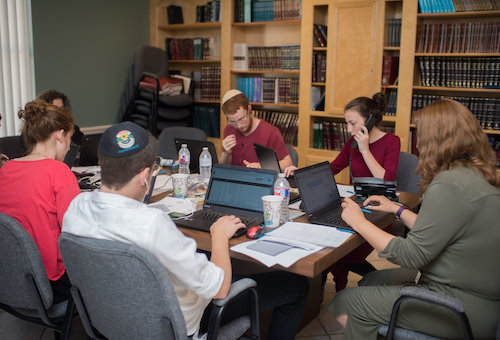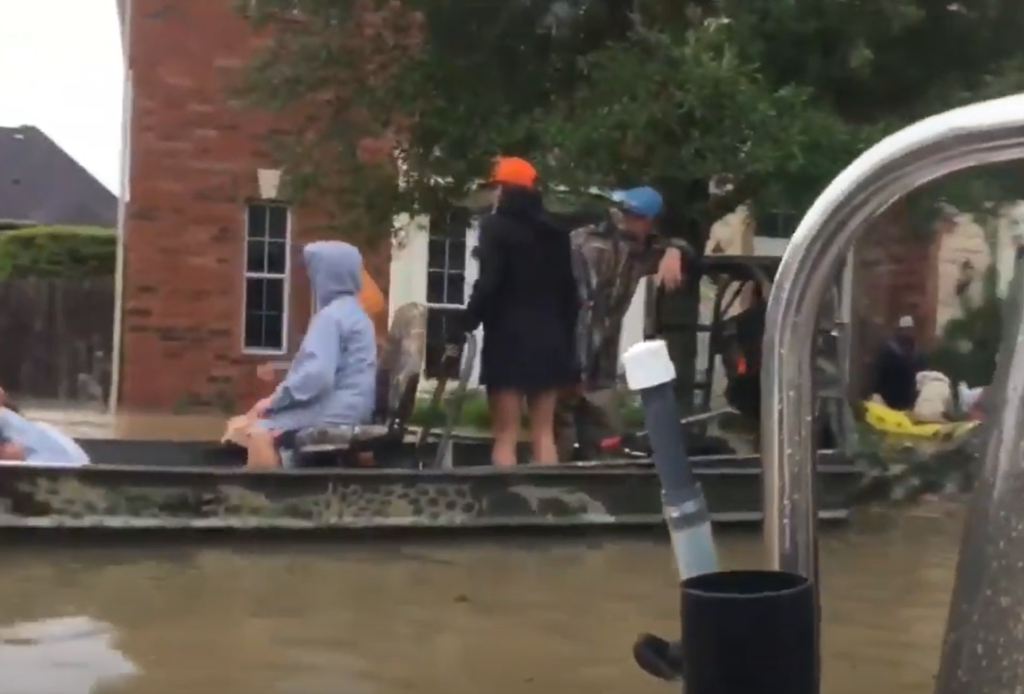By Syed Shahzeb Ayaz

During catastrophes, people turn to first responders and disaster relief organizations for safety and assistance. Volunteer organizations, evacuees, local businesses, and regular people also play prominent roles in aid efforts. During Hurricane Harvey, however, a new phenomenon emerged that helped shape the reaction to the storm social media. As of January 2020, an estimated 230 million Americans use social media, and out of those, 225.4 million are active on it via their mobile devices. Throughout Harvey its multifaceted capabilities served as a medium for communication, news outlet, and safety network that demonstrated how social media has become an essential tool that should not be over- looked following this historic, yet saddening, moment.
When analyzing social media, the most logical starting point has to be the ubiquitous Facebook, with its 2.6 billion users worldwide. Although it was originally designed for college students, Facebook’s influence has expanded exponentially, with hundreds of millions of users in the United States, and tens of millions in Texas. These users include individuals, businesses, and various organizations from schools to nonprofits to neighborhood, faith, and political groups.
Facebook emerged as a platform that many storm survivors relied upon for communication, help, and information as participants in the Resilient Houston: Documenting Hurricane Harvey project attested. Ana Vazao, a school counselor in Houston, recalled the community spirit it fostered. “Facebook was wonderful,” she explained, adding, “they would tell you [about] resources. If you need cleaning products, go here. If you need this, go here.” Brian Cororve, an estate attorney and Meyerland resident, discussed how his community stayed connected with social media, noting Facebook was a big resource for sharing information, and Meyerland had a Facebook group for people who flooded. The platform was important to other neighborhoods as well and provided a safety check-in function so that friends and family could update one another.

When people lost their family’s necessities, those who could offered relief, often matching up through social media. See Jane Wong’s video below for this rescue story.
Photo courtesy of Revolution Messaging, Flickr.*
Renee Cohen utilized Facebook a great deal when her Meyerland home flooded. Shortly before the storm, Cohen posted on Facebook, “Where could we park our cars?” in hopes of finding high ground to protect her vehicles. She learned that the administrator at her children’s school had offered its elevated parking lot as a safe location, which protected Cohen’s cars from Harvey. She also recalled her stressful experience at the George R. Brown Convention Center, which the city opened as a shelter. Concerned for her family’s safety, she posted on Facebook, “We’re at George R. Brown, can anyone come to get us?” A friend responded, picked up the Cohens, and brought them to her home.
Despite the storm’s unpleasant circumstances, Cohen was overwhelmingly positive about the support received from her community via social media. She recalled, “I had put up a picture on Facebook of the baby’s changing table on the front lawn with all the garbage and within minutes someone sent a message” saying they had one for her. Facebook helped guide people through the preparation, experience, and aftermath of Harvey, and showed Cohen the depth of support that community members had for one another.
Click here to read the full article or click on Buy Magazines to purchase a print copy or subscribe.

Click here to browse the CrowdSource Rescue website that helped save lives during Hurricane Harvey: https://crowdsourcerescue.com/.

 Follow
Follow